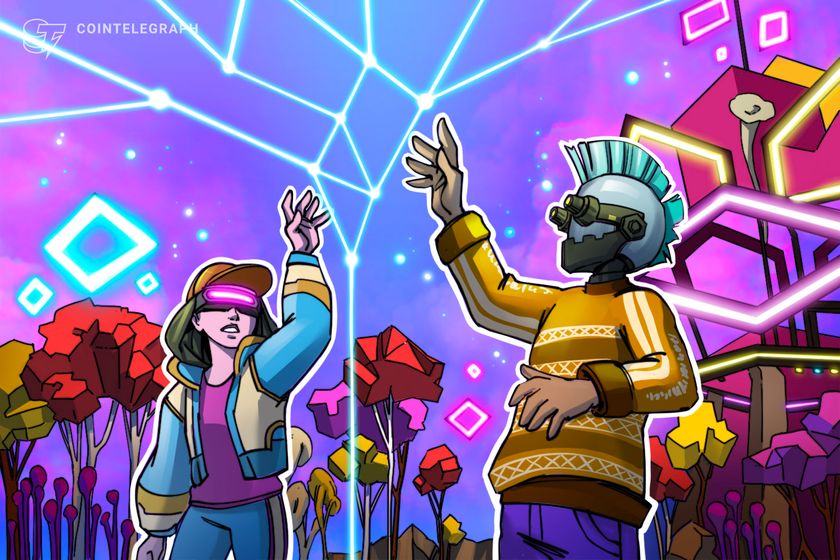Aurory’s USDC pool drained on Arbitrum’s DEX Camelot


According to initial reports and on-chain data, the attack targeted Aurory’s SyncSpace bridge, draining nearly 80% of the AURY-USDC pool’s liquidity.
Solana-based gaming ecosystem Aurory was reportedly breached on Dec. 17, resulting in a drop of nearly 80% in liquidity of the AURY-USDC pool on the decentralized exchange (DEX) Carmelot.
According to unconfirmed reports on X (formerly Twitter), the exploit targeted Aurory’s SyncSpace bridge on Arbitrum’s native DEX Camelot around 13:00 UTC, reducing the liquidity of the AURY-USDC pool to roughly $312,000 from $1.5 million.
Cointelegraph reached out to Aurory’s team, but has yet to receive a response.

























